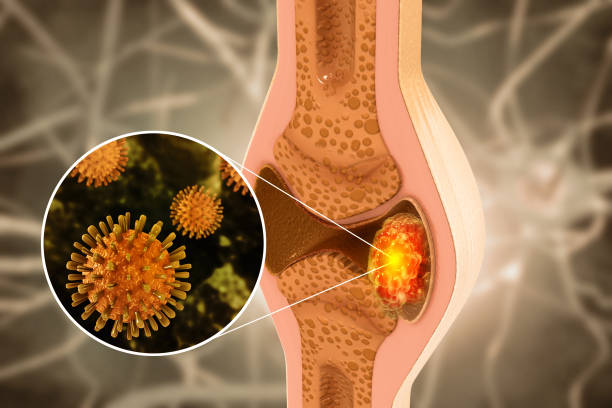Bone cancer is the abnormal growth of cells in the bones; it refers to the different types of cancers that affect the bones. If the tumour originates in the bone, it is called primary bone cancer, but if it begins elsewhere and spreads to the bone, then it is secondary or metastatic bone cancer.
When cancer develops in any organ in the body, it can extend to other areas, including the bones. The breast, lungs and prostate tumours are more likely to spread to the bones. It is also possible for the tumour in the bone to be benign, meaning it is not cancerous, but it can weaken the bone and lead to fractures and other problems.
Some of the common types of primary bone cancer include osteosarcoma, chondrosarcoma, and Ewing’s sarcoma; for secondary bone cancer, the common types include lung cancer, prostate cancer, and breast cancer.
Causes
The cause of bone cancer is not fully known, but some factors can contribute to it, including:
Atypical Cell Growth
Healthy cells continually divide and replace old cells, and old cells die off as they are being replaced, but atypical cells do not die; they continue living, and they start forming masses of tissues, which will turn into tumours with time.
Chromosomal Mutations
Bone cancers, especially osteosarcoma, often demonstrate atypical characteristics in chromosomes. These genetic mutations increase the risk of developing bone cancer, and it can be inherited. Mutations can also occur as a result of radiation.
Radiation Therapy
Radiation therapy is used to treat bone cancer; it kills cancer cells. However, some people may develop osteosarcoma from this therapy, and the use of high doses of radiation can contribute significantly to its development.
Symptoms of Bone Cancer
Bone cancer may not show any symptoms other than a painless lump, but if there are symptoms, it can be a result of different conditions, such as arthritis. The most common symptoms include:
- Unexplained swelling.
- Fever.
- Pain that is worse at night.
- Fatigue.
- Difficulty moving around.
- Weight loss.
- Night sweats.
- Fractures.
- Bone stiffness or tenderness.
Treatment
The treatment options for this cancer depend on the age, stage and grade of the tumour, overall health, location and size of the tumour.
Medications
Certain medications are effective for this treatment, including:
- Cytotoxic drugs for restricting or stopping the growth of the cancerous cells.
- Chemotherapy drugs.
- Bisphosphonates, which helps prevent bone loss and protect the bone structure.
- Immunotherapy drugs which enhance the body’s immune system in fighting cancerous cells.
- Pain medication to relieve inflammation and discomfort.
Radiation Therapy
Radiation therapy is used to kill cancer cells; it may be employed in combination with other forms of treatment to slow down the growth of cancer cells. This therapy can also be helpful if all the tumours cannot be removed with surgery.
Surgery
Surgery may be needed to remove tumours or the affected tissue. Surgery can be required to replicate affected bones and stop the cancer from spreading. If there is extensive bone damage in the legs or arms, amputation may be recommended.



